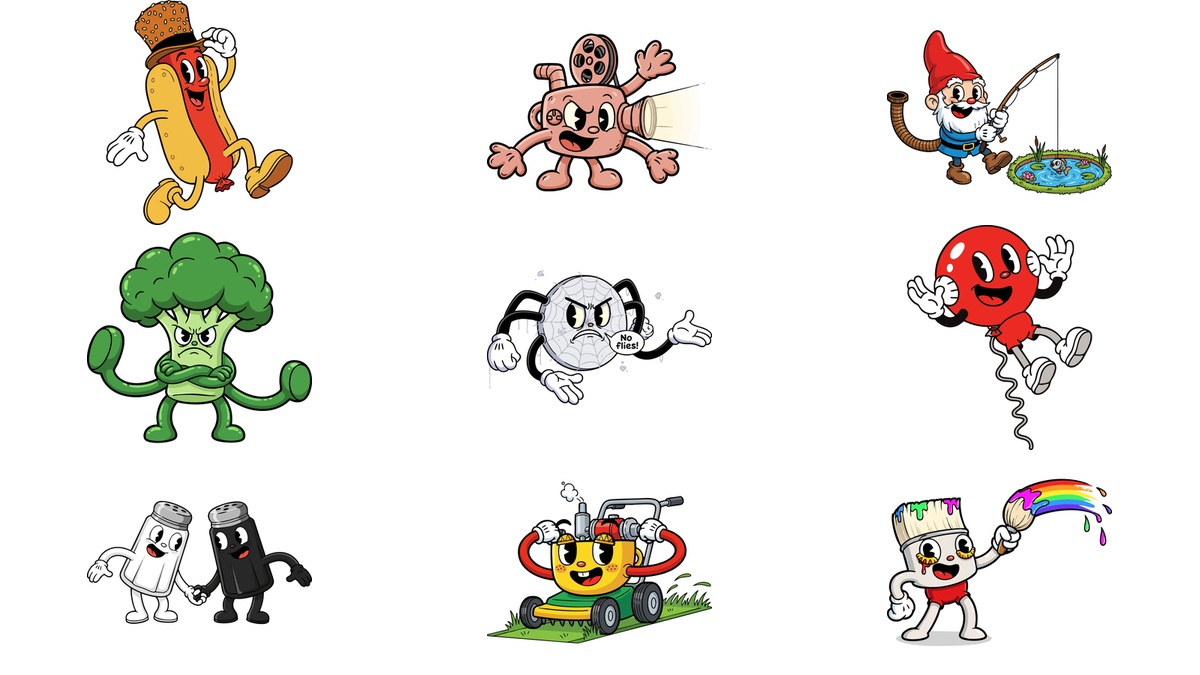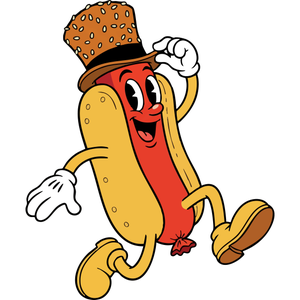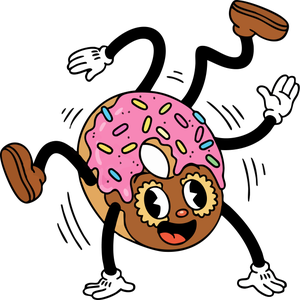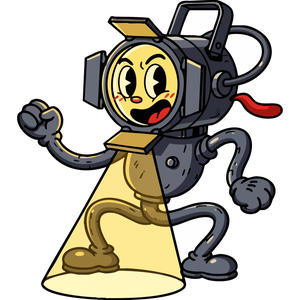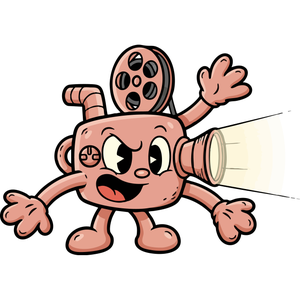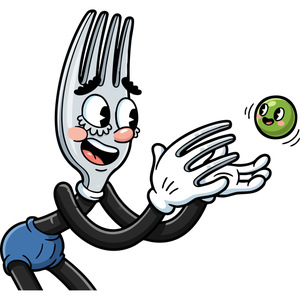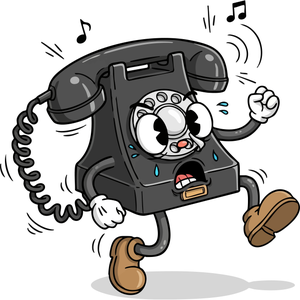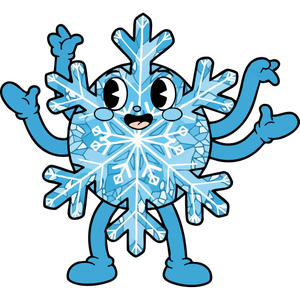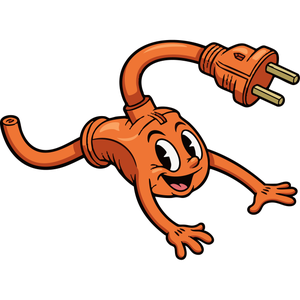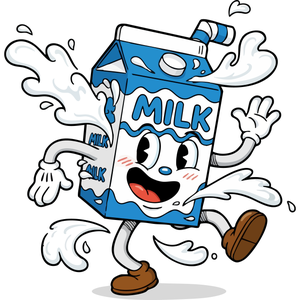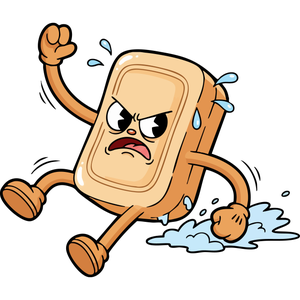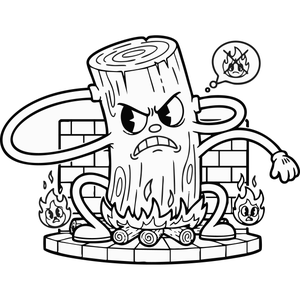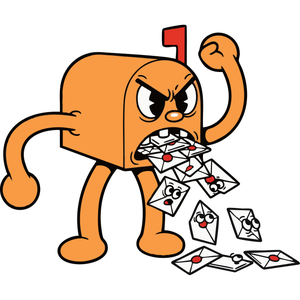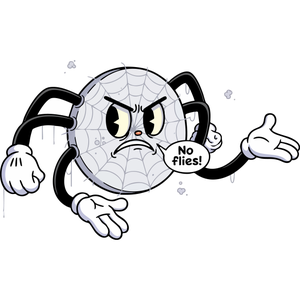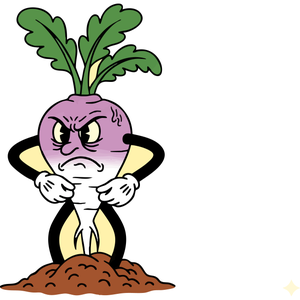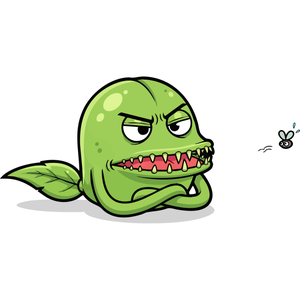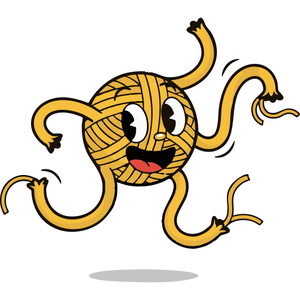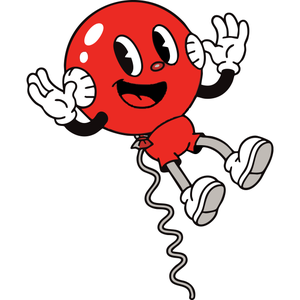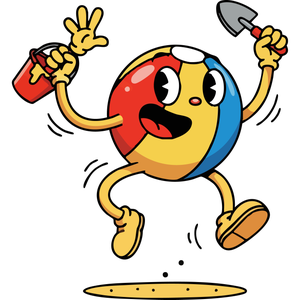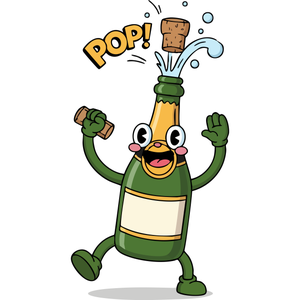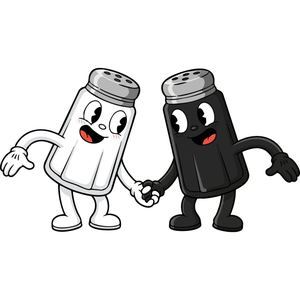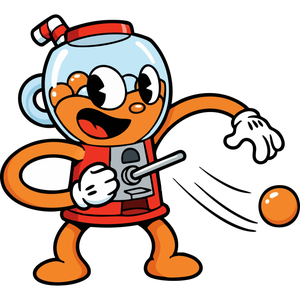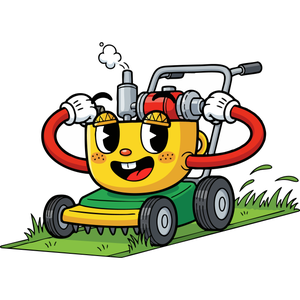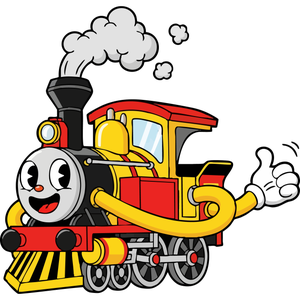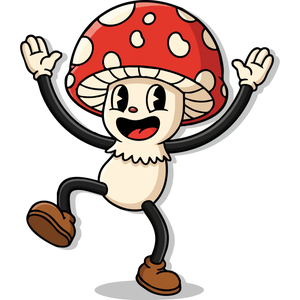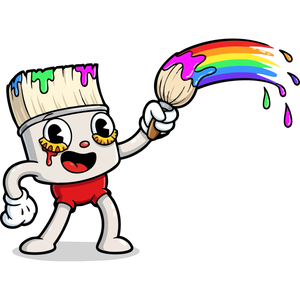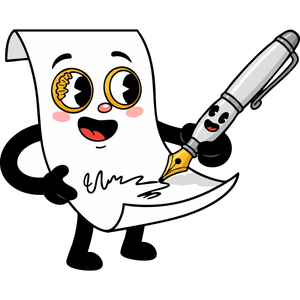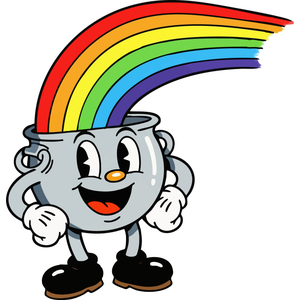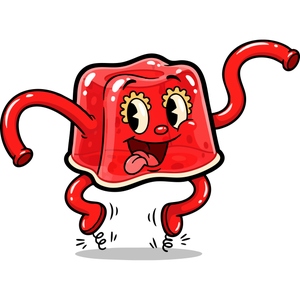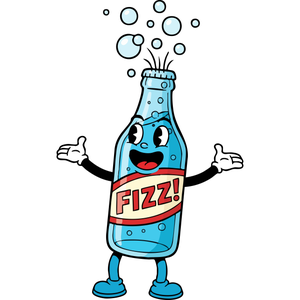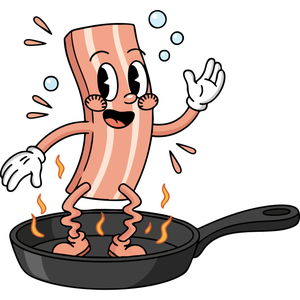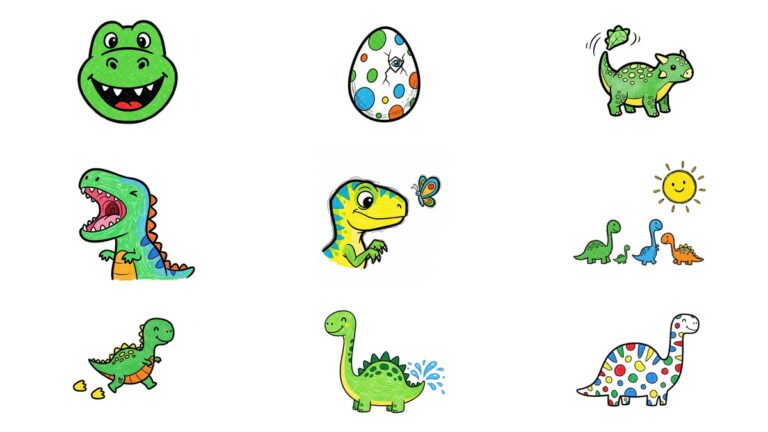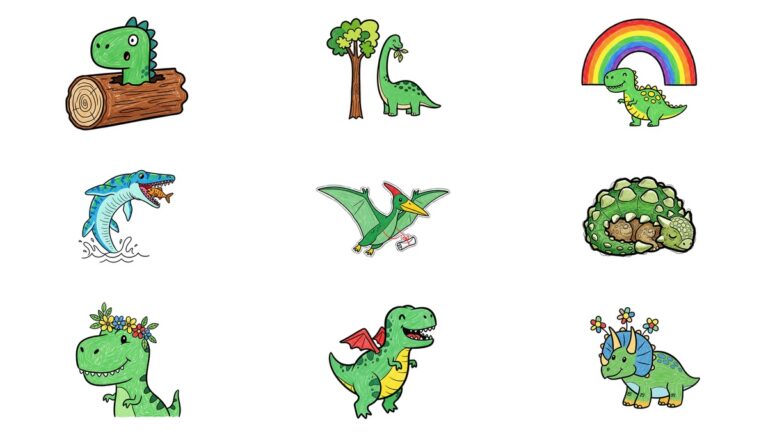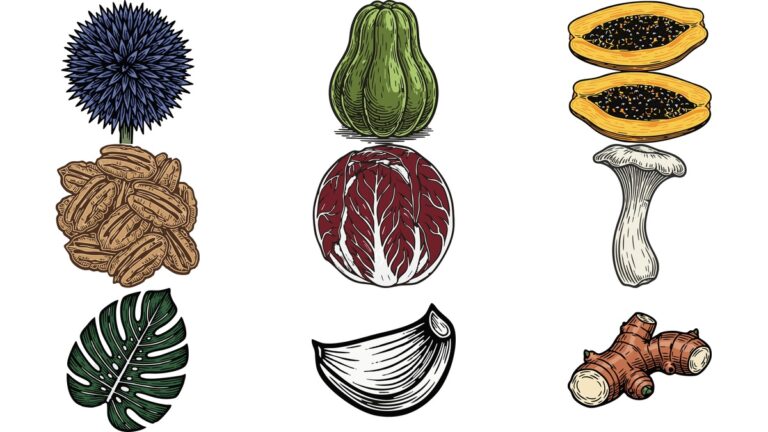An Animated Journey to the 1920s: What Is Rubber Hose Style?
Rubber hose is a charming and iconic style that originated in the golden age of American animation in the 1920s. As the name suggests, its most defining characteristic is that characters’ limbs bend and stretch freely as if they were boneless ‘rubber hoses.’ This style maximized the fun of movement and rhythm over realistic expression, breathing life and joy into early animation.
Part 7: The Revival of Rubber Hose – How and Modern Media Resurrected a Lost Art
The rubber hose style, once thought to have disappeared into the annals of history, has experienced a remarkable revival in the 21st century. Modern creators have rediscovered this nearly 100-year-old aesthetic, using it not just for nostalgia but as a source of new creativity. From video games to music videos, the flexible movements of rubber hose are once again captivating popular culture.
Knockout!: The Phenomenon
The most powerful catalyst for the modern rubber hose revival was the 2017 video game . The developer, Studio MDHR, went to great lengths to perfectly replicate the aesthetic of 1930s Fleischer Studios, using traditional cel animation methods and watercolor backgrounds.
The greatness of lies not just in its imitation of a past style, but in its integration of that aesthetic into the core of its gameplay. The characters’ constant bouncing and unpredictable movements are not merely decorative elements but an essential part of the game’s notorious difficulty. Furthermore, the game’s premise of a protagonist who has wagered his soul to the devil perfectly aligns with the surreal and sometimes bizarre imagery inherent in the rubber hose style.
From the Inkwell to the Ink Machine: The Horror of
Another pillar of the rubber hose revival is the horror game . This game borrows the vintage aesthetic of early Disney and Fleischer studios to maximize the latent ‘bizarreness’ and ‘creepiness’ within it.
The game is set in a cursed old animation studio, and the characters are blatant parodies of classic stars like Felix, Mickey, and Betty Boop. The premise of cute cartoon characters turning into monstrous ink creatures that threaten the player is a clever strategy that twists the seemingly innocent images of the past to evoke horror.
The Unending Elasticity: Rubber Hose in Modern TV, Film, and Music
The influence of rubber hose is not limited to specific games. Disney’s own modern short series consciously revived the dynamism of the early rubber hose style. The villain ‘Spinel’ in uses a rubber-like stretching body as a core character ability, and its influence can also be found in works like and .
Furthermore, the style is also used as a tool to convey complex social messages. Rapper JAY-Z’s music video for “The Story of O.J.” uses the rubber hose style to critique and reflect on the history of racist caricatures deeply embedded in American animation history.
There are several reasons why this 1920s style remains attractive today. First, it evokes strong nostalgia. Second, in a modern visual culture dominated by CGI, the unique texture of hand-drawn art provides a distinct visual differentiation. Lastly, it possesses a surprising genre flexibility, capable of containing not just simple comedy but also psychological horror or sharp social criticism.
The modern revival of rubber hose can be seen as the ‘weaponization of nostalgia,’ going beyond simple homage. Like the horror of or the social critique of JAY-Z, creators leverage the public’s perception of the past’s ‘innocence’ to create a powerful cognitive dissonance. By exploring dark themes such as corruption, racism, and anxiety through a familiar and cheerful style, the message is delivered more unsettlingly and effectively. The rubber hose of the 21st century no longer bounces just for fun. Sometimes, it bounces to subvert reality.
[ Ad code will be inserted here ]

